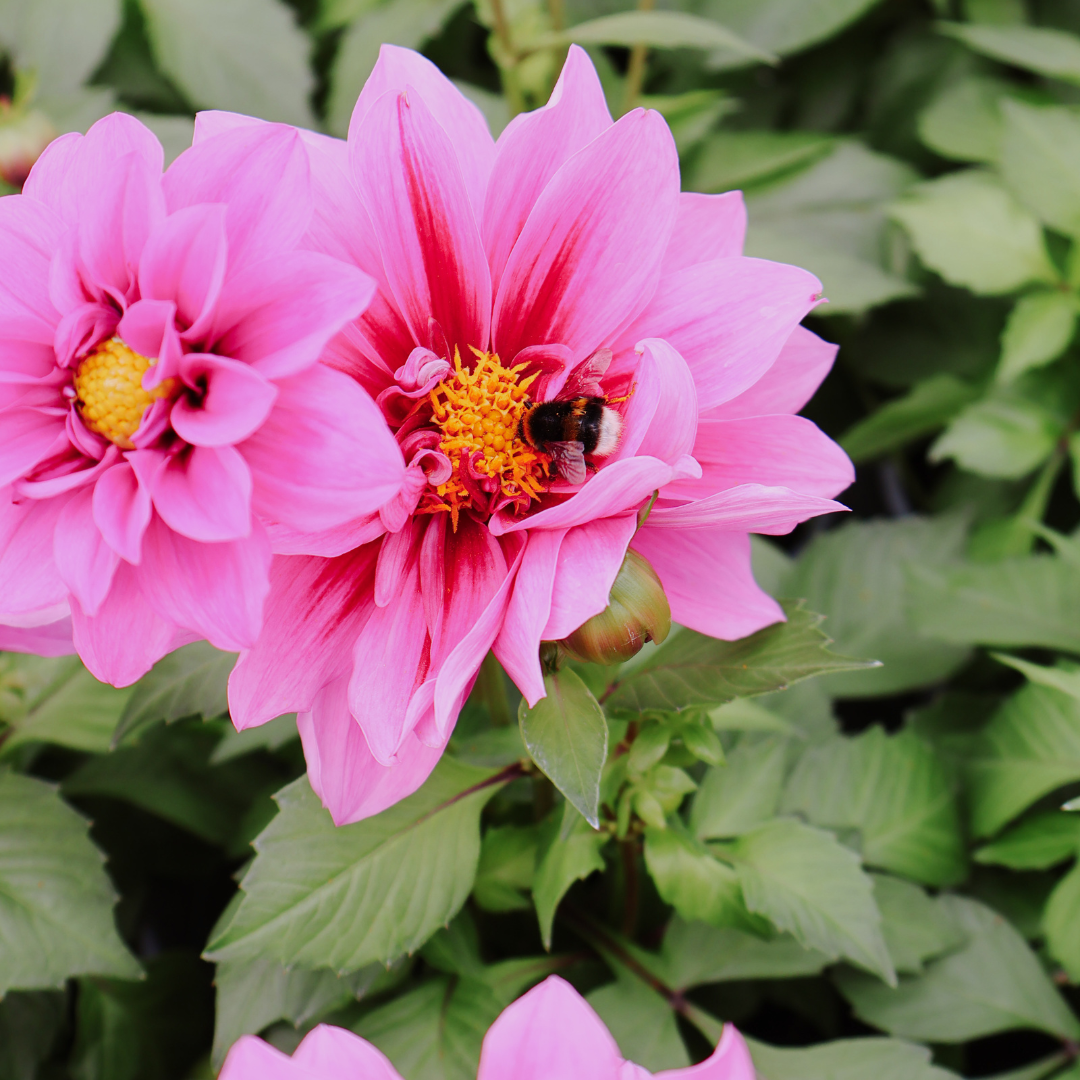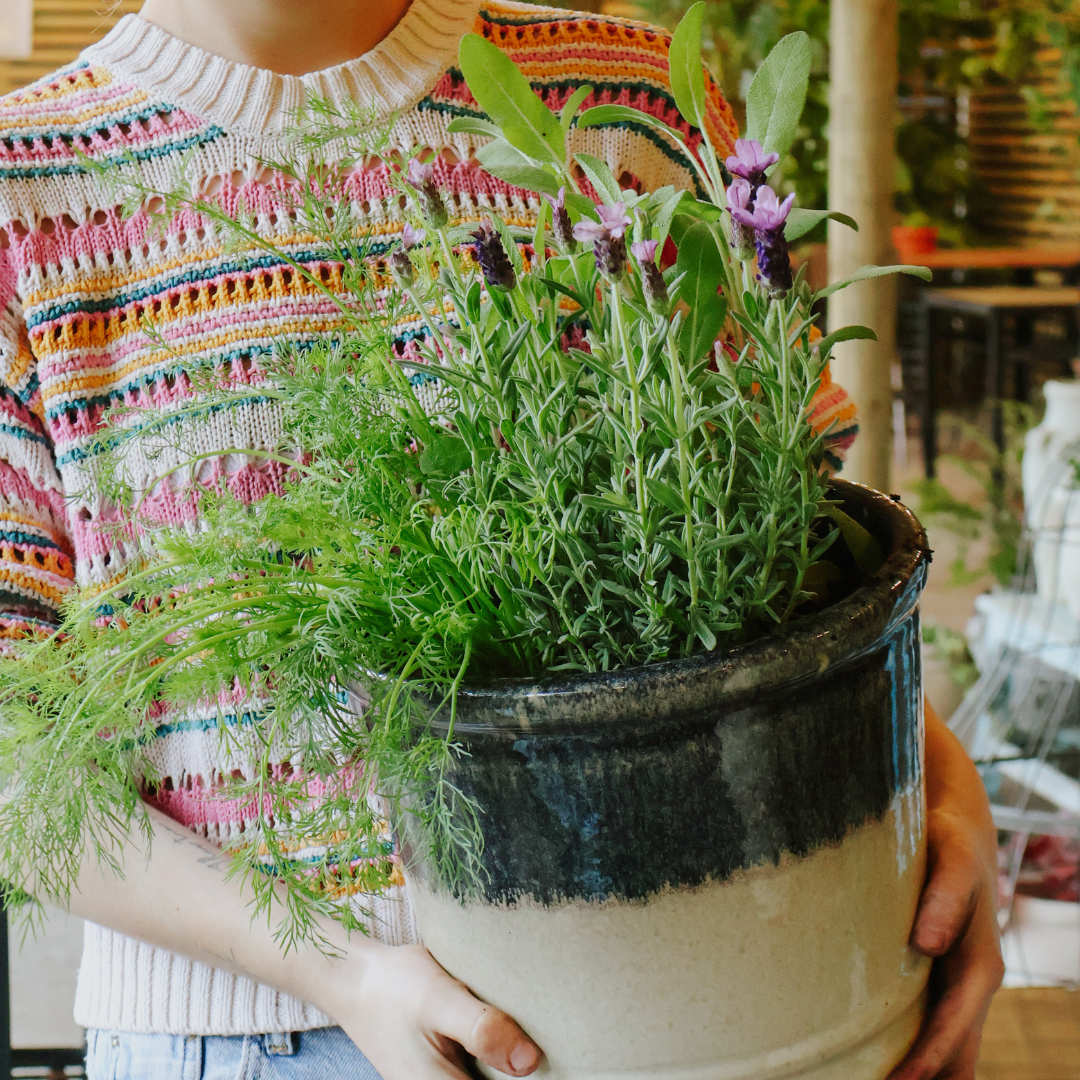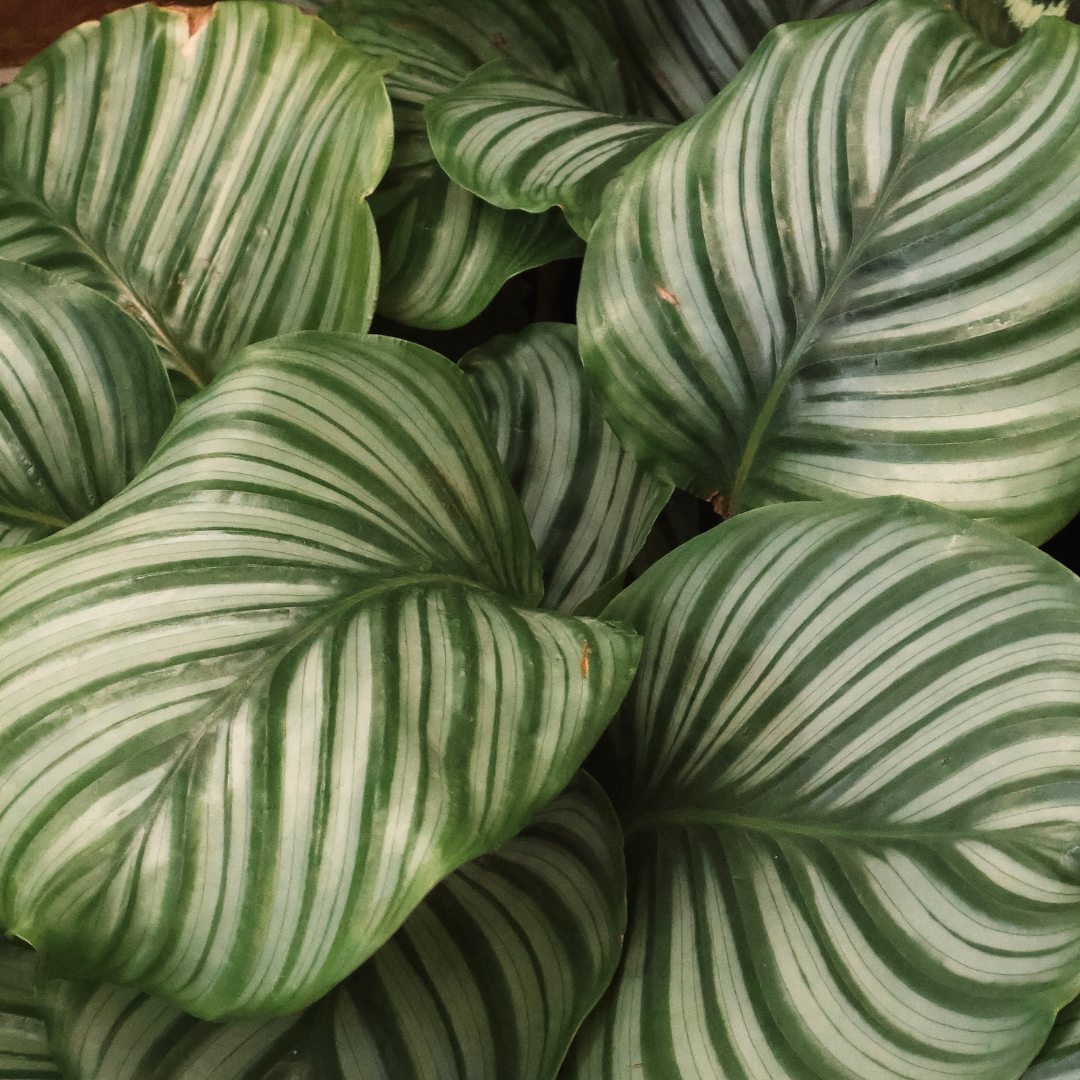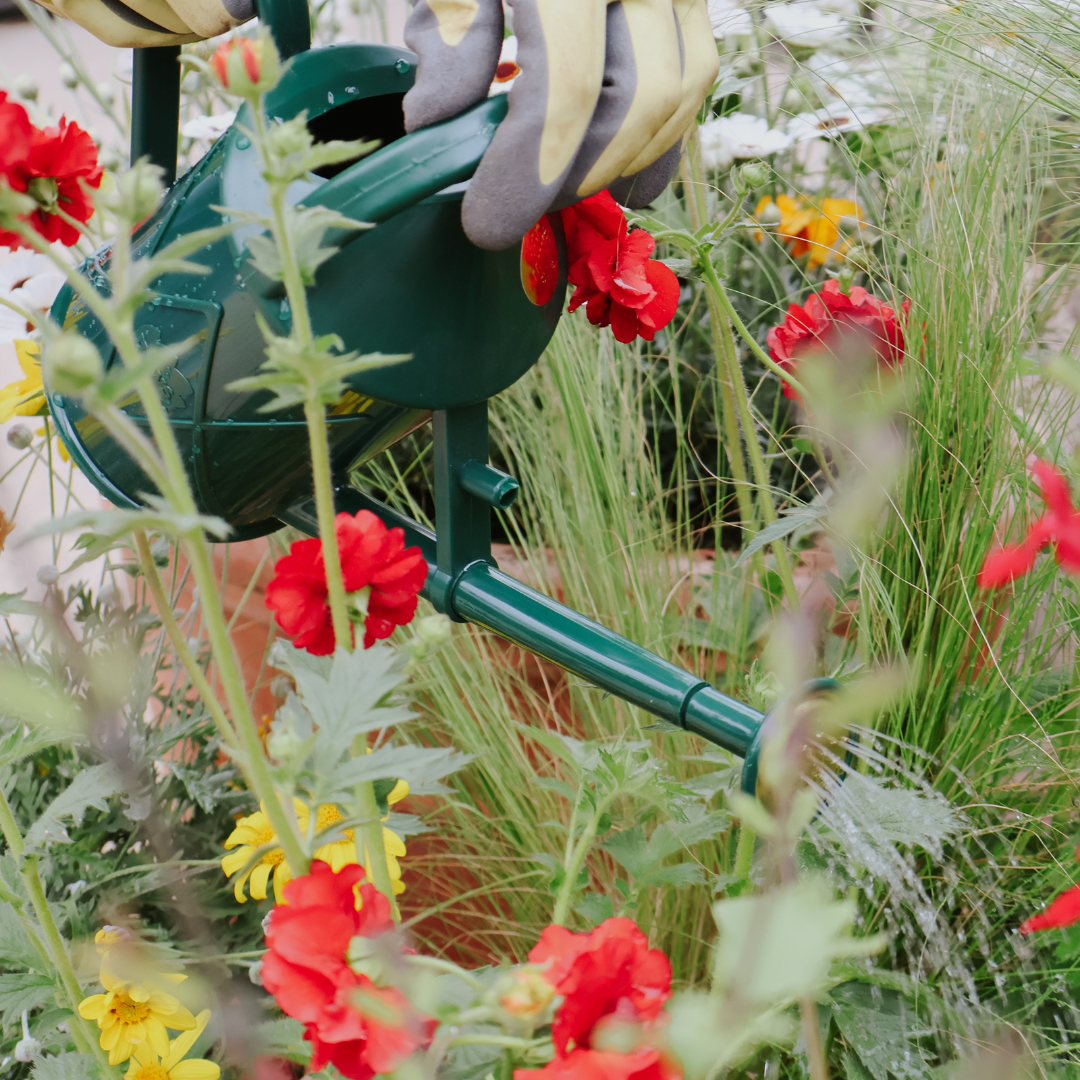Guide: Native plants for British Wildlife

Modern gardens are more than places of beauty — they can be lifelines for our planet’s most threatened species. As natural habitats continue to shrink due to urban development, intensive agriculture, and pollution, our gardens, balconies, and green spaces have become crucial sanctuaries for wildlife.
And the good news? You don’t need acres of land to make a difference.
Even the smallest garden or patio can support birds, bees, butterflies, moths, hedgehogs, bats, and more — all it takes is thoughtful planting, less tidying, and a little space shared with nature.

Why Wildlife Needs Our Help
From 1970 to 2019, the UK’s wildlife populations declined by almost 19%. Hedgehog numbers have halved in rural areas, bee species are vanishing, and bird populations are steadily dropping.
These animals aren’t just beautiful to look at — they play essential roles:
Bees pollinate fruit, vegetables, and flowers — no bees, no food.
Butterflies and moths help pollinate and serve as food for birds and bats.
Birds control pests, spread seeds, and maintain balance.
Hedgehogs eat slugs, beetles, and caterpillars, reducing the need for pesticides.
Bats eat mosquitoes and moths, supporting night-time biodiversity.
Why Native Plants Are Essential
Native plants are species that have evolved in a specific region over thousands of years. In the UK, they are perfectly suited to the climate, soil, and local wildlife — forming the backbone of a healthy ecosystem.
Here’s why native plants are a game changer:
They feed local wildlife. Many native insects can only feed or breed on native plants. For example, the caterpillars of the orange-tip butterfly rely on native plants like cuckooflower and garlic mustard.
They’re low maintenance. Native species are adapted to local conditions, meaning they usually need less water, fertiliser, and care.
They support the food web. Native plants support native insects, which in turn feed birds, hedgehogs, bats, and other mammals.
They help preserve biodiversity. Planting natives strengthens fragile ecosystems and helps endangered species recover.

Plants for Bees
Bees are essential pollinators, helping grow the food we eat and keeping ecosystems in balance.
Choose plants rich in nectar and pollen — especially those with single flowers that are easier to access.
Top Plants for Bees:
Lavender
Borage
Catmint (Nepeta)
Foxgloves (Digitalis)
Alliums
Cranesbill (Geranium)
Comfrey
Hellebores
Top Tip: Plant in groups so bees can forage efficiently — it takes less energy than flying between scattered flowers.
Plants for Butterflies
Butterflies need nectar-rich plants — and their caterpillars need specific host plants to grow on.
Keep sunny spots and avoid pesticides.
Nectar Plants:
Verbena bonariensis
Buddleia (Butterfly Bush)
Echinacea (Coneflower)
Scabiosa
Marjoram
Sedum
Host Plants for Caterpillars:
Nettles
Bird’s-foot trefoil
Wild carrot
Holly & ivy (for Holly Blue butterfly)
Plants for Moths (Night Pollinators)
Moths are vital night pollinators — and food for birds, bats, and hedgehogs.
Plant evening-scented flowers that bloom or release fragrance at dusk.
Top Moth-Friendly Plants:
Evening primrose
Night-scented stock
Honeysuckle
Jasmine
Nicotiana
White campion
Bonus Tip: Reduce light pollution — too much artificial light confuses moths and disrupts feeding.
Plants for Birds
Birds need seeds, berries, nesting spots, and insects to feed their chicks.
Plants that Offer Food & Shelter:
Hawthorn
Rowan
Teasel
Sunflowers (for seeds)
Ivy (great for berries and winter shelter)
Honeysuckle (nesting cover + berries)
Also Add: Bird feeders, water baths, and some trees or shrubs for perching & protection.
What to Plant for Bats
Bats feed on night-flying insects like moths and mosquitoes — plant what attracts those!
Plants that Support Bat Food Chain (insects):
Jasmine
Evening primrose
Nicotiana
White campion
Ivy (flowers in autumn and supports insects)
Bonus Tip: Install a small pond — water attracts insects, which in turn attract bats.
How to Help Hedgehogs
Hedgehogs are natural pest controllers — they eat slugs, beetles, and snails.
Support them by providing habitat, food, and safe passage.
Garden Tips for Hedgehogs:
Let part of your garden go wild
Leave leaf piles or log stacks
Plant ground cover like pulmonaria and hosta (slug hotspots)
Create a ‘hedgehog highway’ by cutting a small hole (13cm x 13cm) in your fence
DO NOT: Use slug pellets or chemicals — they’re toxic to hedgehogs.
Why It Matters
Pollinators like bees and butterflies help grow over 75% of global crops
Moths and insects feed birds, bats, and mammals
Hedgehogs, once common, are now in serious decline
Supporting wildlife helps keep your garden ecosystem healthy, naturally controlling pests and increasing pollination
Take Action Today:
Add just 1–2 wildlife-friendly plants
Avoid pesticides
Leave some areas messy & wild
Add a water source (even a shallow dish)
Observe & enjoy the magic of your living garden






